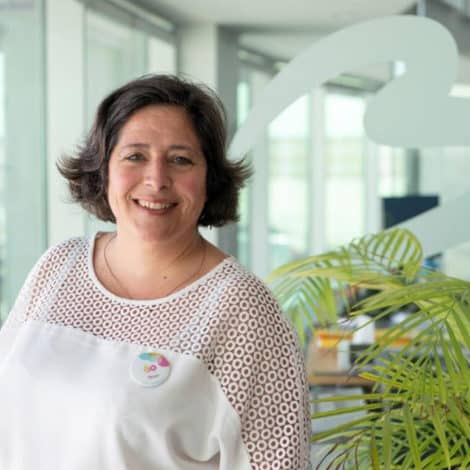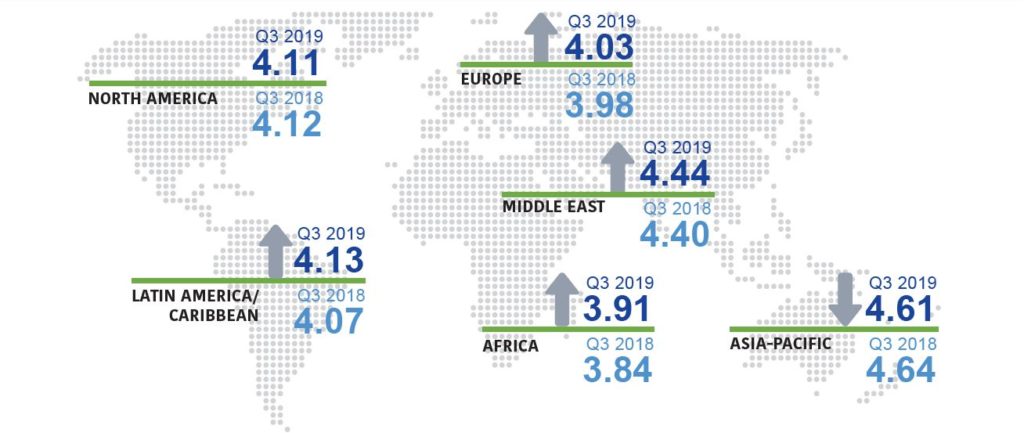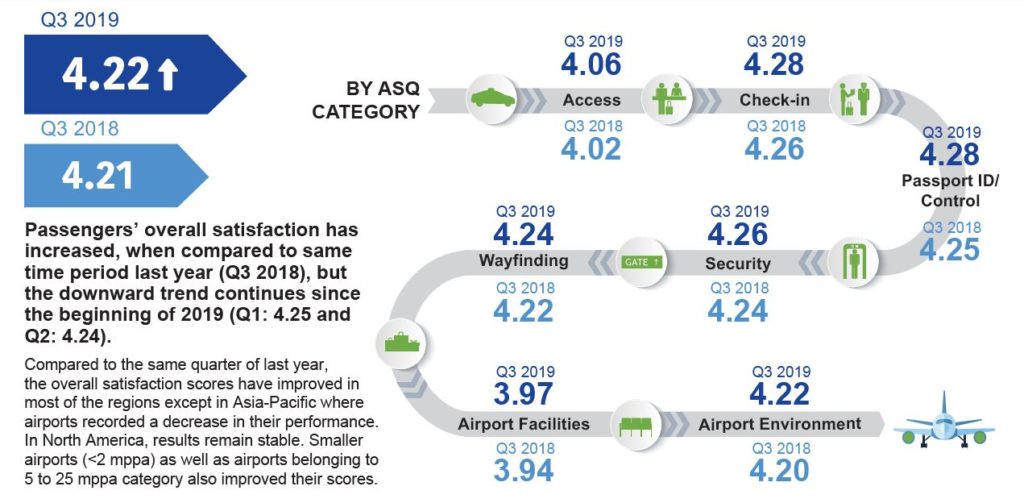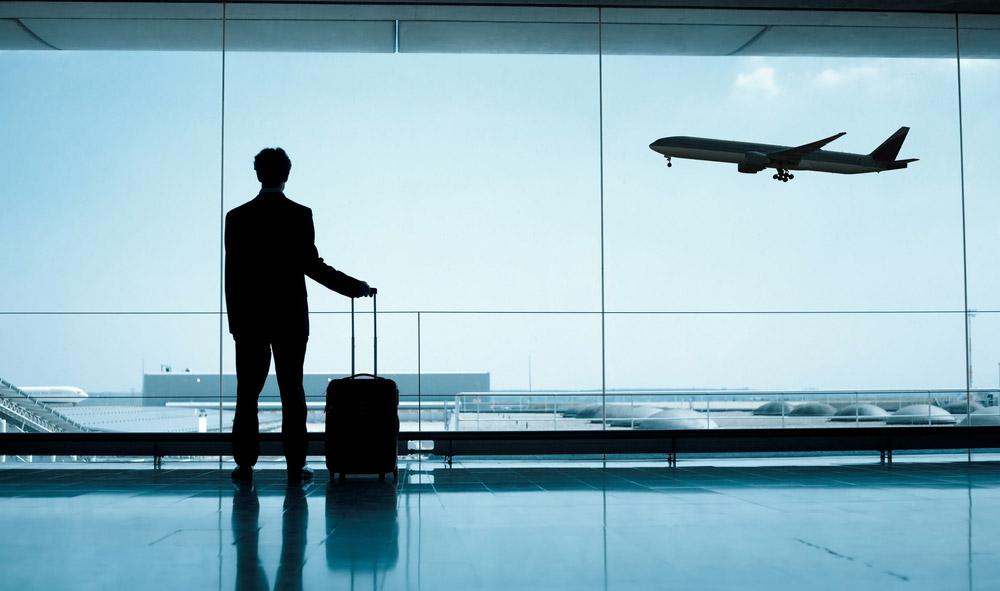
Summary
- The eclectic career of Veronique Vergeynst
- The peculiarities of marketing in an airport
- Management of customer satisfaction and dissatisfaction
- Innovating for Customer Satisfaction
An eclectic career
What strikes you when you look through Veronique’s CV is the multitude of professional experiences. Eurostar, Philip Morris, Ericsson, Warner Bros. are some of the great brands where Veronique has had the opportunity to work. But not only that. She has also been a marketing consultant, launched her pop-up store. Like a cat, you could say she’s had many lives. And all she can take out of them is positive:
“It’ s true that I’ve worked in a lot of different fields for a lot of different brands. I have also been a consultant for a very long time, and therefore I have changed clients very regularly. I have always found [it] very rewarding as a marketer because I have learned from different sectors that I can apply to my work at the airport.”
What she has learned in particular from her experience at Eurostar is the management of the customer experience across all the touchpoints. Seeing herself as a general marketer, she insists on the need to surround herself with the right people to solve specific problems. In the digital field, she quotes this concrete example:
“I am unable to decode very specific Google Analytics [charts]. But that’s okay. I find that today a marketing director must also surround him/herself with experts, and marketing today has become a real job for experts. But we still need a team leader, a pilot who will give the directions and who will make sure that everyone follows those directions”.
The peculiarities of airport marketing
The first specificity of an airport is that it does not sell anything; nothing directly. But when you do marketing, it’s usually to sell something to as many people as possible. In an airport, nothing is sold: the plane ticket is bought from the airline, the parking is paid for by the company that has the concession, the coffee is usually purchased from a well-established chain, the perfume is sold in a “Tax-Free” store.
In short, the passenger is never a direct customer of the airport but spends between 30 minutes and 2 hours there. It is, therefore, essential that he or she feels comfortable there. The work of the marketing department, therefore, focuses on attracting passengers on the one hand, and on the other hand, on the customer experience and customer loyalty. Veronique explains that the environment is quite competitive with airports such as CDG, Frankfurt, or Heathrow. Customer loyalty is, therefore, an essential aspect of the work. Satisfaction and customer experience are at the heart of the priorities of an airport like Brussels.
However, accessibility criteria remain the number one factor of choice for passengers (have we ever seen a traveller change his itinerary to go through a specific airport?).
I think that if [Passengers] have a similar choice between 2 airports, the experience can make the difference.
Management of customer satisfaction and dissatisfaction
If the airport is the site of a customer experience that you want to be memorable, it is inevitably influenced by the satisfaction or dissatisfaction you may experience there. The airport itself is not the cause of dissatisfaction or satisfaction. Indeed, let us remember that outside contractors manage most of the activities that affect passengers. However, the airport is responsible, as the supporting structure for all these activities, to handle dissatisfaction and measure satisfaction. This management takes different forms:
- A Welcome Centre with airport staff, who are always available to help passengers or to receive their complaints.
- A complaints or remarks management service (online, by phone, via social networks)
Most of the people who work in the airport and who interact with our passengers daily do not work for the Brussels Airport Company. They are external partners, which further complicates the management of passenger frustration complaints.
Passenger satisfaction is measured via an instrument shared by several airports: the ASQ for Airport Satisfaction Questionnaire. This instrument is not specific to Brussels Airport. It is shared, used by most of the major airports in the world, which makes it possible to compare oneself with other airports. The satisfaction questionnaire measures different objective aspects which are as many levers of action for Veronique and her teams. To learn more about the methodology behind the ASQ, visit this page. You will discover that this satisfaction questionnaire is available in 41 languages and covers 8 different categories. The latest results are available here.
Here are some of the latest results available: first by region and then by category.


Customer satisfaction management also involves innovation
Brussels Airport has embarked on product innovation and passengers now become customers of the airport. Indeed, Veronique explains in the podcast the creation of the bTag, a micro-chip to be inserted in the suitcases that allows passengers to follow their delivery live on an application at the exit of the plane. From a customer satisfaction point of view, it’s an excellent idea. Indeed, as I showed in my doctoral thesis, the lack of transparency and the resulting anxiety are often reasons for complaints and dissatisfaction among customers. The bTag, therefore, allows the customer to regain clarity in a process (the delivery of luggage) that is often anxiety-provoking and a source of frustration when it lasts too long.
When you have finished your journey, and you return to Brussels, you will be given a notification directly at the exit of the plane that your luggage will be there in 5, 10, 15, 30 or even 50 minutes, it can happen. So that means that you have the choice to go directly to the conveyor belt, but you also have the opportunity […] to go and have a coffee. […]. You will be notified as soon as [the luggage] is on the carousel, which carousel it is on, and how long it will take you to get there.
Marketing and entrepreneurship: the IntoTheMinds podcast series
In 2019, we began podcasting. Our “Marketing and Entrepreneurship” series is available on all good streaming platforms (Spotify, Deezer, Libsyn, …) and all episodes are also available on this page.
Posted in Marketing.
